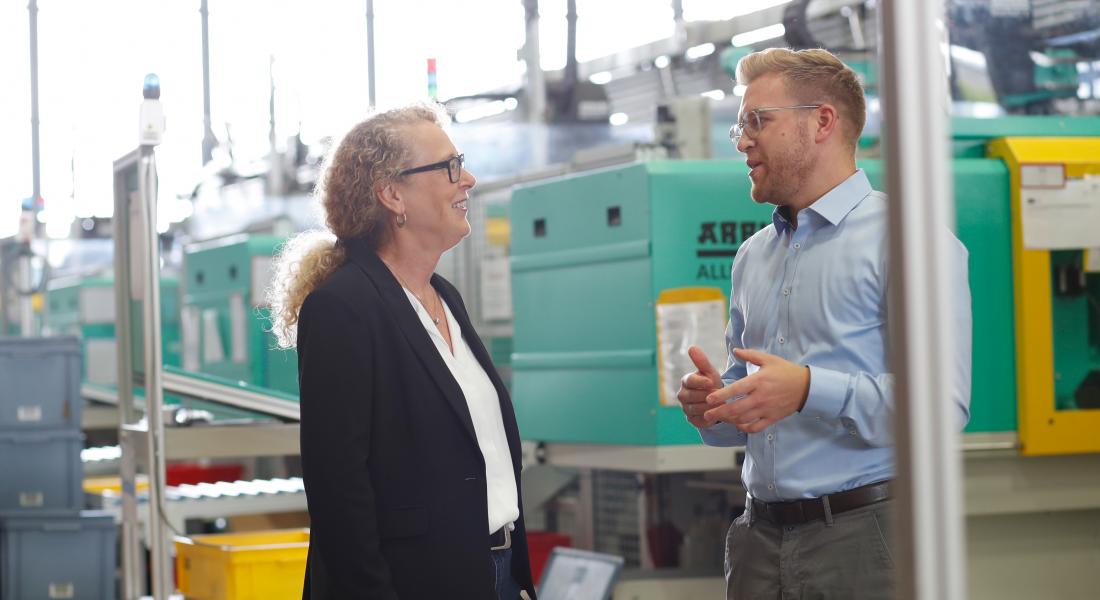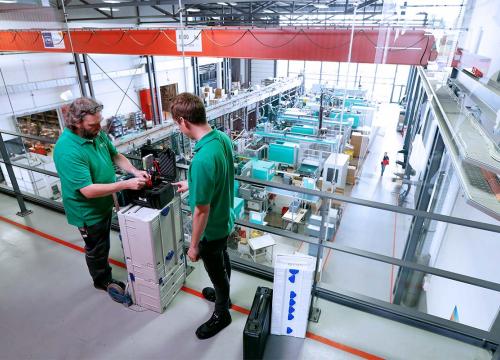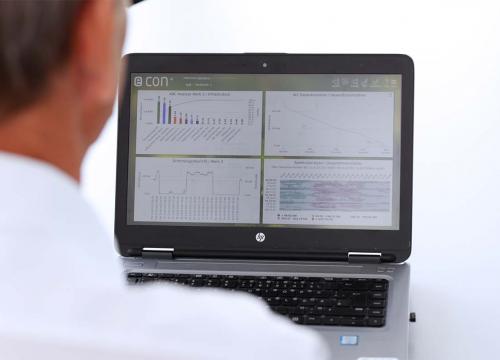Expert interview: Why should companies rely on energy monitoring?

Energy monitoring allows companies to keep an eye on their consumption. The advantages: Control and savings. Regular monitoring of systems prevents unnecessary additional energy consumption and the associated costs. We spoke to our expert Sebastian Hankel about how you can save energy, reduce costs in the long term and optimize processes with the help of monitoring.
Mr. Hankel, what are the benefits of energy monitoring for companies?
In connection with energy management, for example in accordance with ISO 50001 or DIN EN 16247, software-supported consumption controlling provides the basis for increasing the transparency of energy flows. This enables companies to identify unnecessary consumption.
Cost drivers can often be identified and uncovered using the load profile analysis. Avoidable base loads at the weekend, for example, can be an indication that inefficient systems are running. These processes can be adjusted and optimized accordingly.
Energy controlling also involves continuous monitoring of the consumption situation and the systems. Monitoring provides companies with the necessary values and targeted notifications to take action via threshold value analysis.
What technical obstacles can companies encounter during implementation?
On the one hand, space can be a challenge. With electricity as the main energy source, current transformers and measuring devices often have to be retrofitted to existing systems. This is difficult, for example, if the cable routing is too tight.
Another obstacle is the transmission of data such as meter readings and consumption between the data loggers and the central servers. In addition, the company's own IT department and external system houses also have a say here.
A solution must be found that meets all requirements and company specifications. This also applies to important production or service areas that cannot be interrupted, e.g. in hospitals. Delivery times and installation capacities must also be taken into account and included in the planning.
How complex is it to implement an energy monitoring system?
From our point of view, such an implementation is not difficult with the right installation partner, even if there are many challenges. We make the installation of the software as simple as possible so that the in-house IT can work well with it.
Data logger transmission is now state of the art - also in terms of technical requirements. This even makes installations possible where, for example, pipes have to be separated and measuring devices for heat, cold or steam have to be used invasively.
Appropriate planning is always important here. In recent years, many measuring devices have been installed or at least precautions have been taken, which makes implementation easier.
What are the costs for companies?
In many cases, a great deal of transparency can be gained with little effort and low investment costs. It is important to be able to use intuitive software that clearly depicts the consumption situation in companies.
Costs are incurred, for example, for measuring devices, sensors, data loggers and transmission technology as well as for software licenses. Commissioning and connection services and installation by external partners must also be budgeted for. There are also ongoing costs for the operation and maintenance of software and servers as well as support services. Training and workshops contribute to successful projects and the desired success, while simple software increases potential savings.
There is a rule of thumb: three percent of annual energy costs should be used as an initial investment. On average, five to ten percent energy savings can be achieved in this way. Companies can also receive up to 40 percent of the total costs through BAFA funding programs or regional programs.



